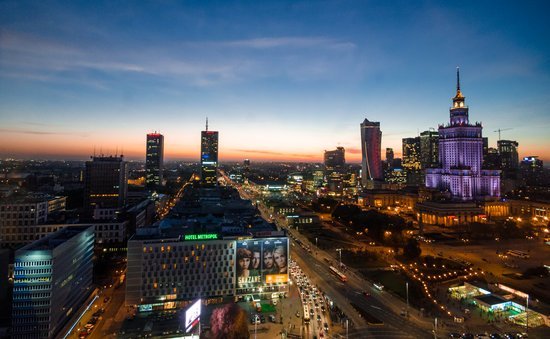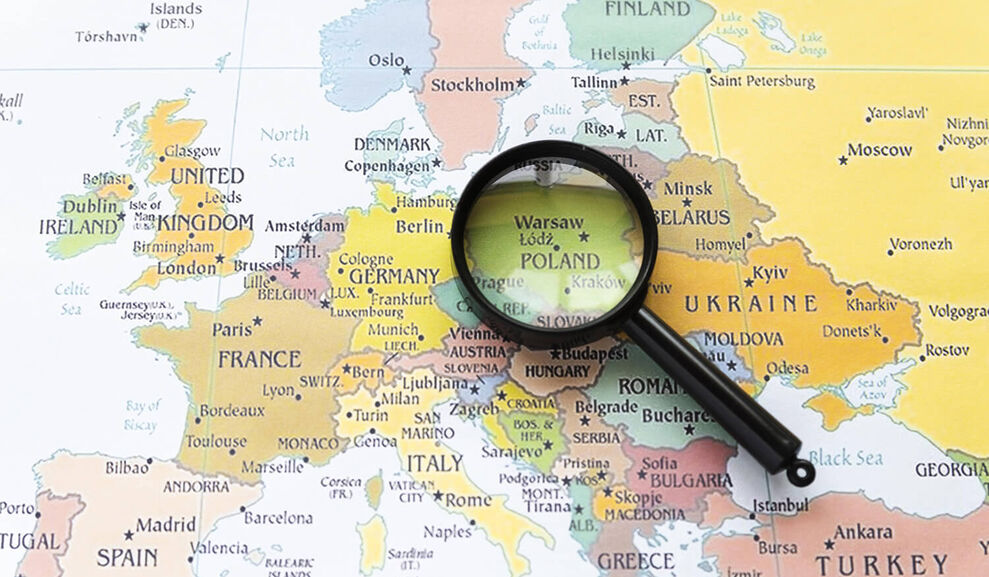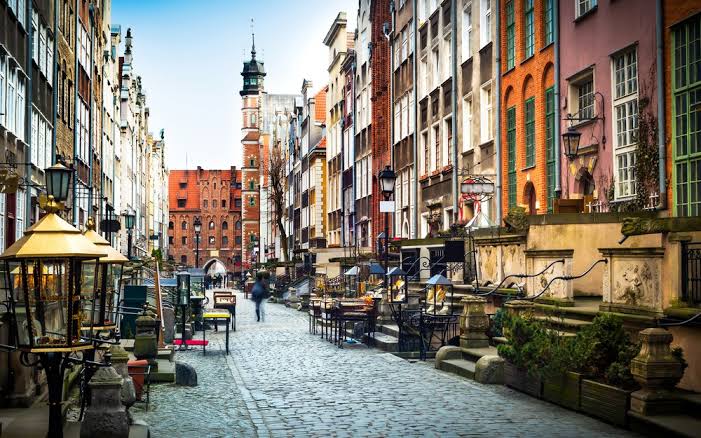

Warsaw City with an Attitude
The capital of Poland is a meeting place for politicians, economists and artists of all nationalities. Warsaw’s 1.7 million inhabitants are known for their sense of humour and hard working traditions. It took them 15 years, with the help of the entire nation, to rebuild their beloved city, of which 84% was razed to the ground during the Second World War.

The scenic Old Town and its Market Square with mansard roofed houses attract artists and tourists. Here, the wine-cellars and elegant restaurants are constantly busy, but there’s always a table waiting for new guests. Warsaw’s St John’s Cathedral is the national Pantheon and not far from it is the Royal Castle which was the residence of the last Polish King. The most elegant houses in Warsaw are aligned along the Royal Route which links the three royal residences: the Royal Castle, the Åazienki Palace and Park, and the Wilanów Palace. Among the numerous neo–classical buildings located in the Royal Åazienki Park, the most impressive is the Palace on the Water, which is situated on an island surrounded by water. A particularly beautiful landmark is the Frederic Chopin Monument. Here, every Sunday in summer, the music of Frederic Chopin is played by celebrated pianists.

The Wilanów Palace is an outstanding example of the Baroque style in Poland. It belonged to King Jan III Sobieski, remembered for his victory over the Turks at the Battle of Vienna in 1683. Like other great cities in Europe, Warsaw offers a great variety of entertainment: theatre performances, cabaret shows, fi lm festivals as well as concerts by famous opera soloists, pop stars and classical music performers. Poland hosts one of the world’s most prestigious cultural events which is organised every fi ve years, the Chopin International Piano Competition, as well as the International Festival of Contemporary Music, Warsaw Autumn, and the Mozart Festival.





